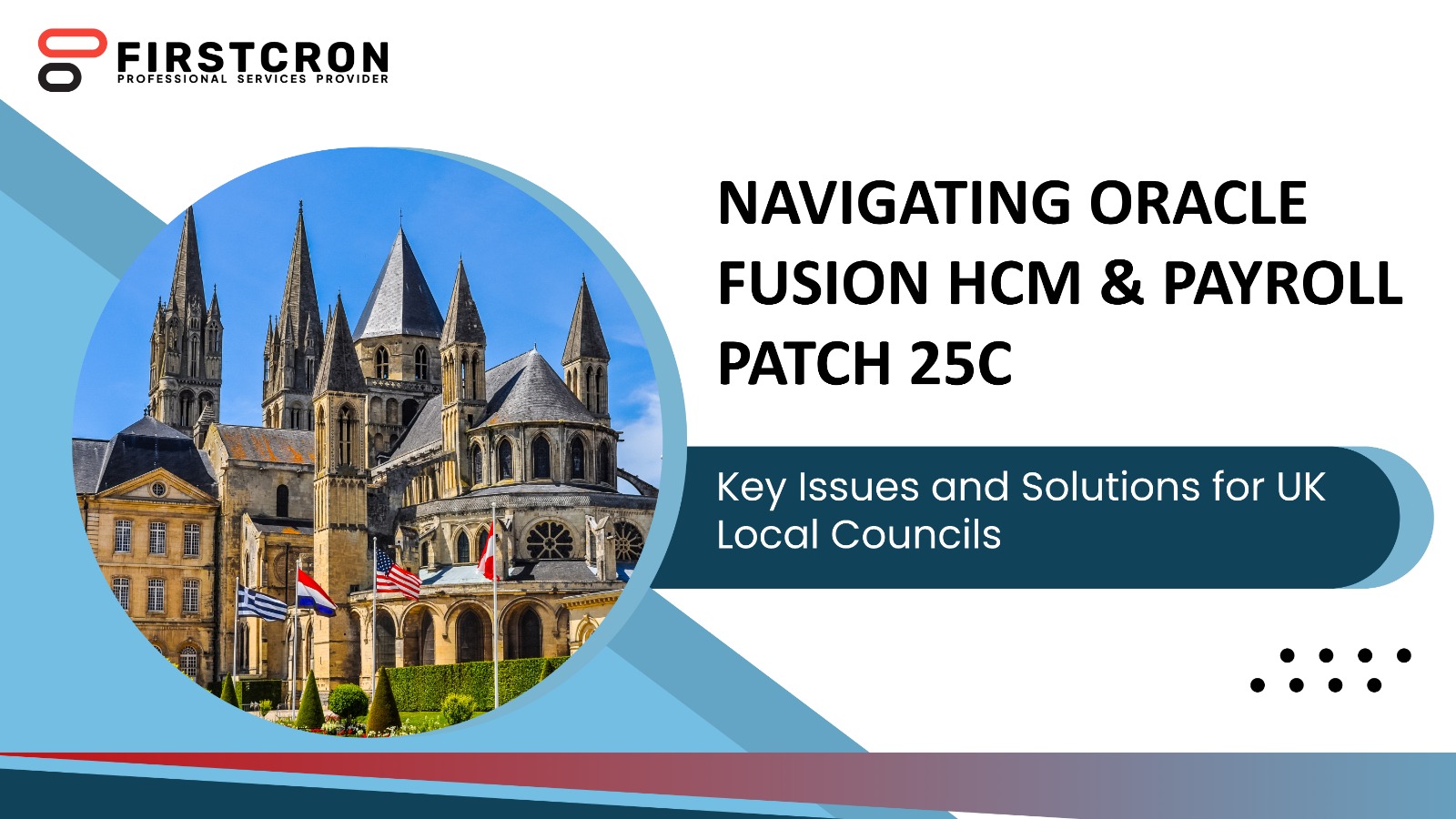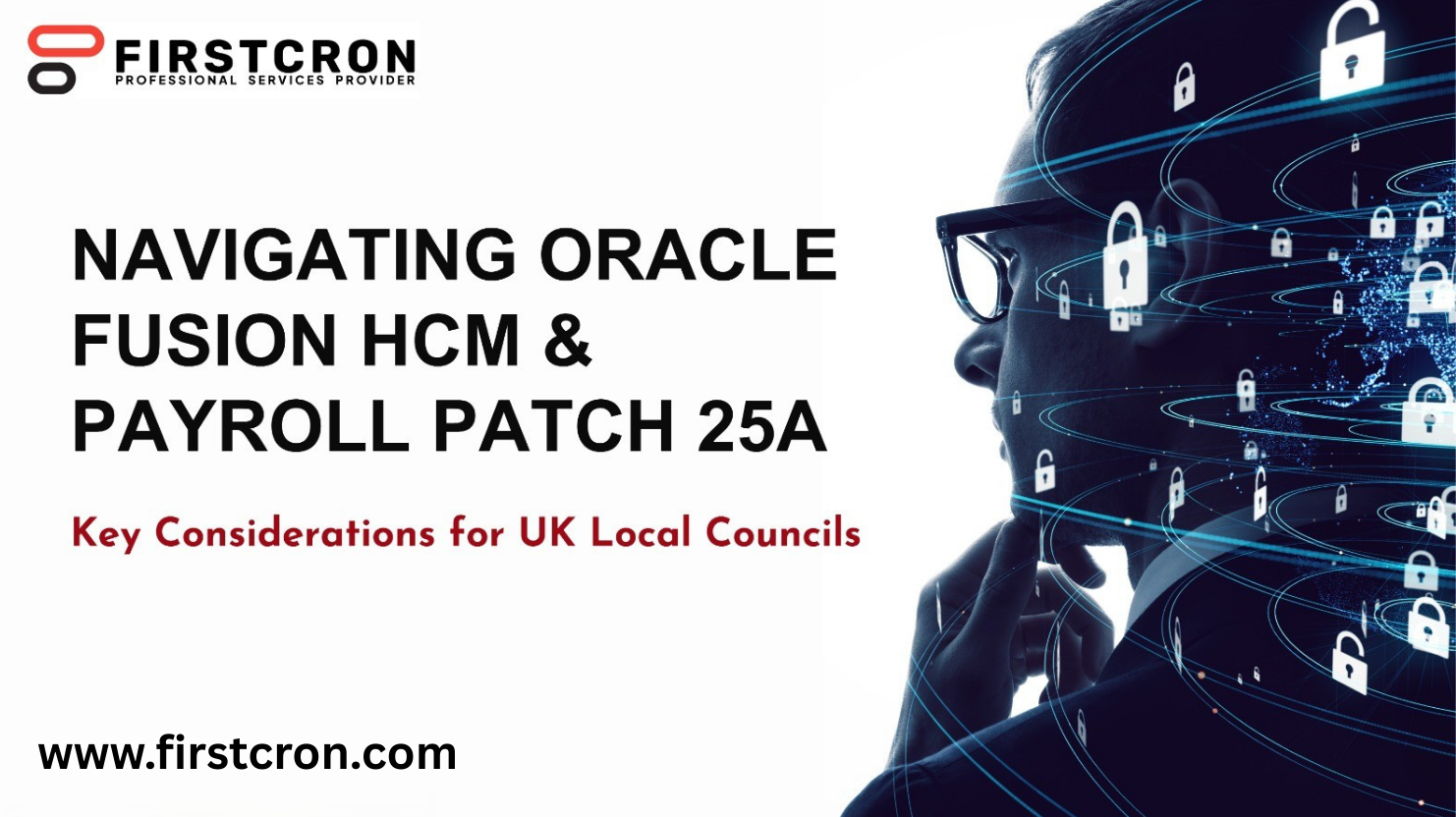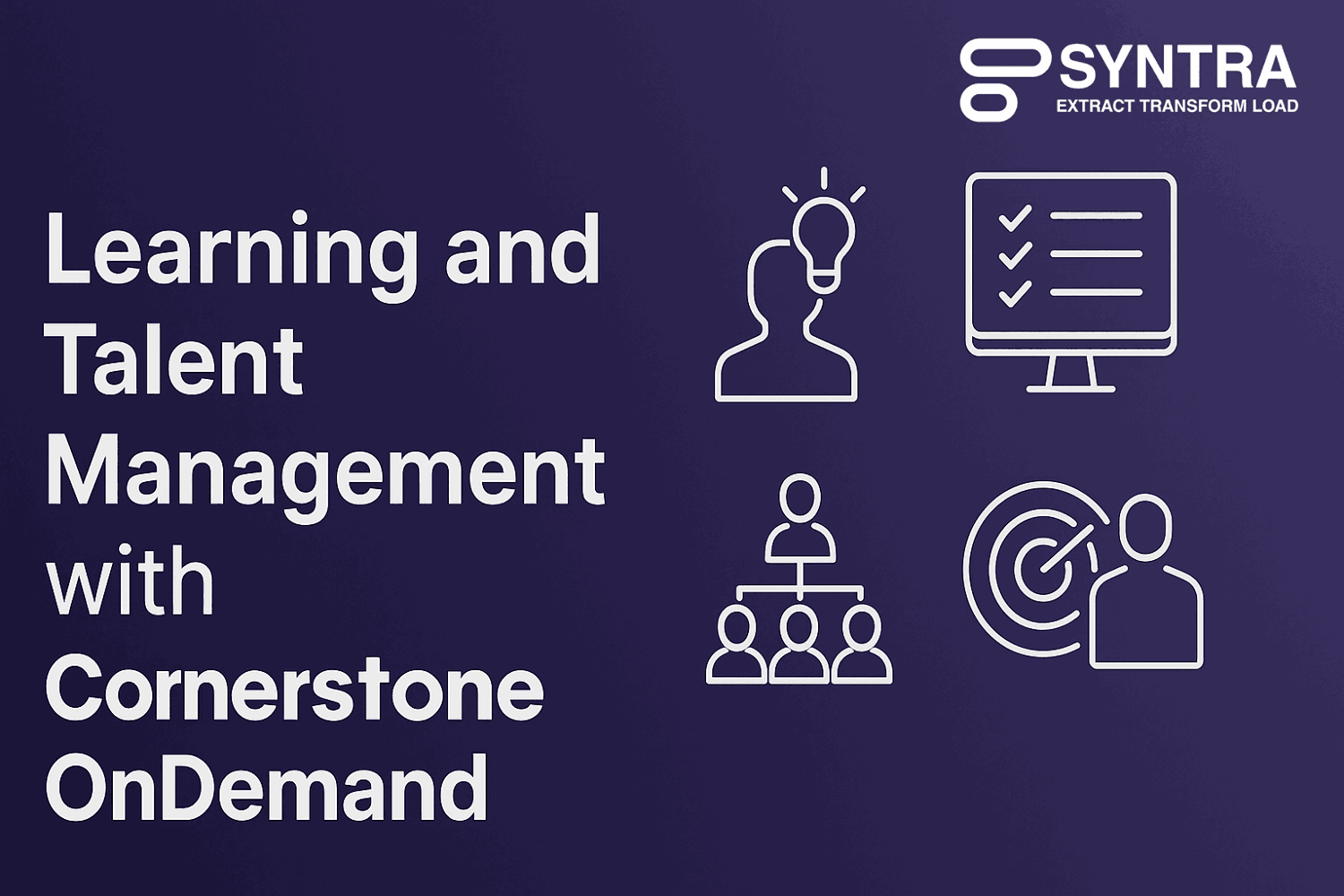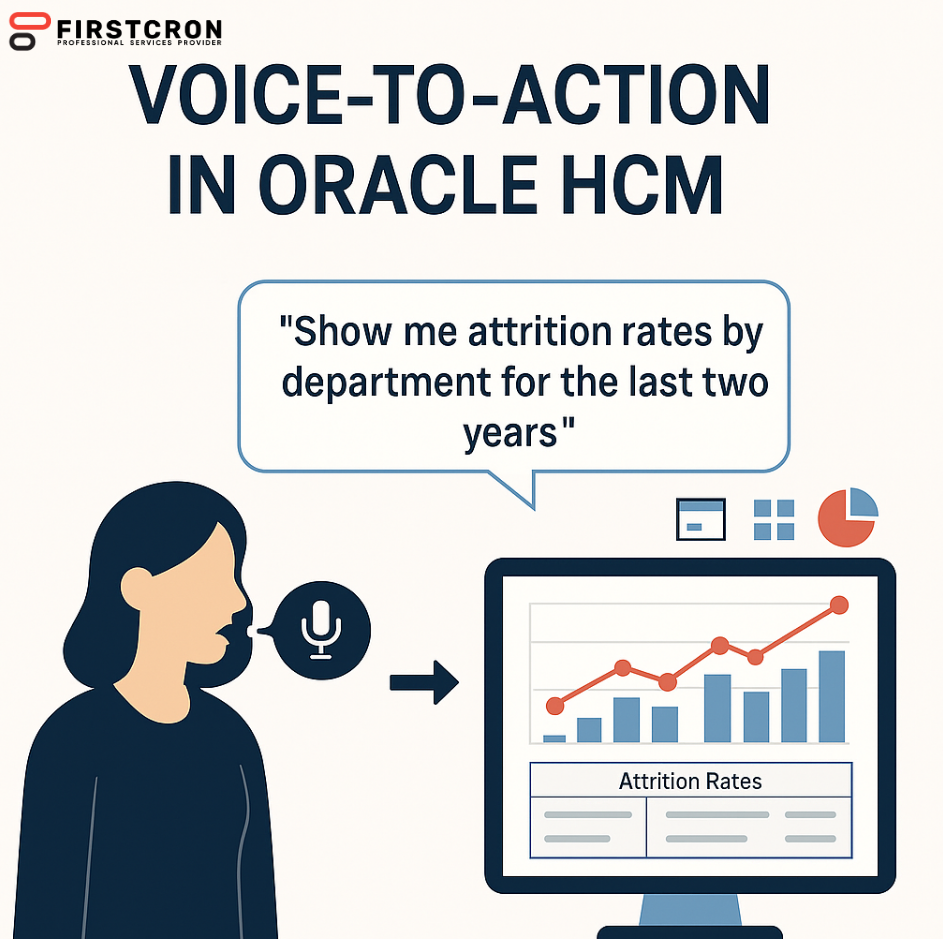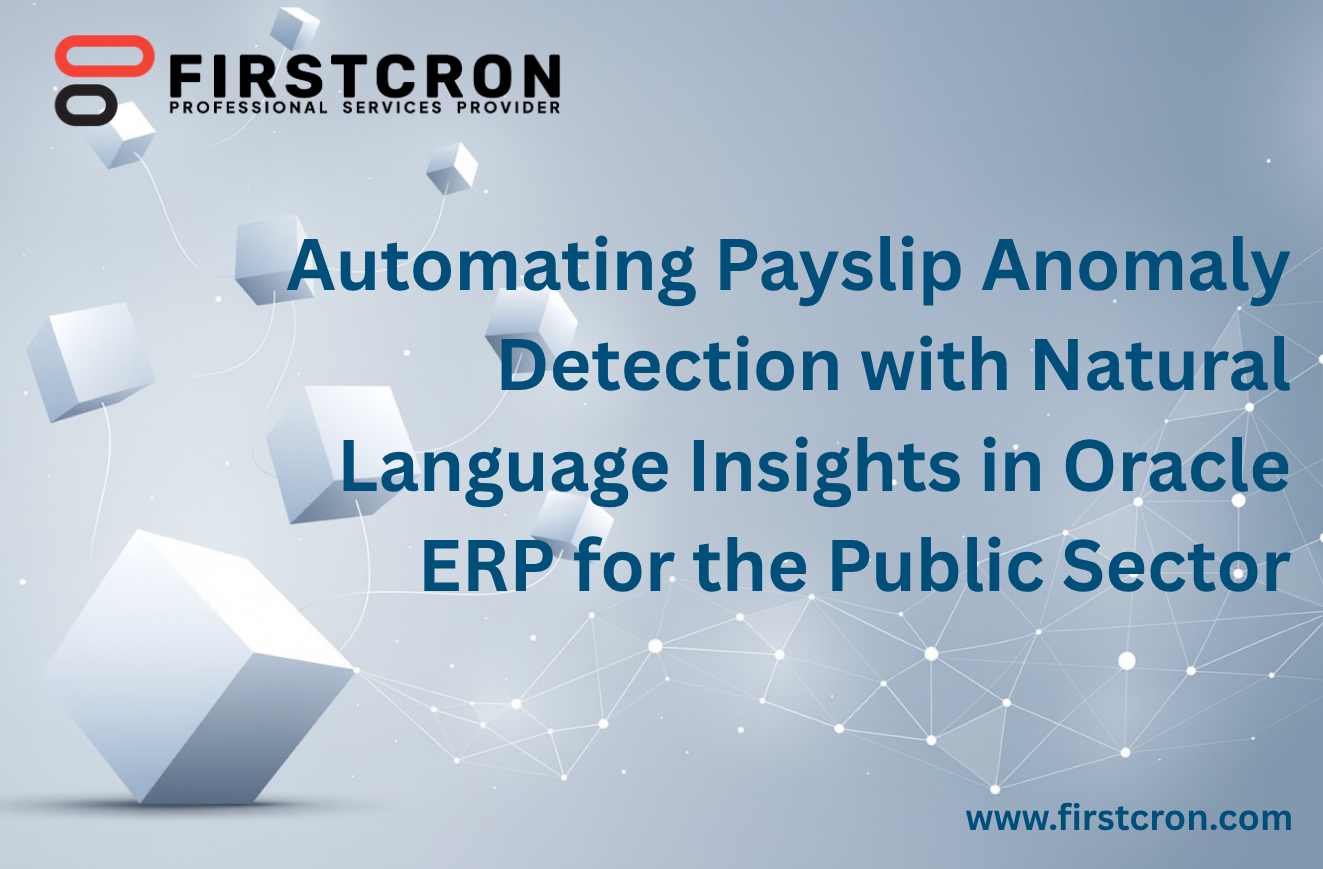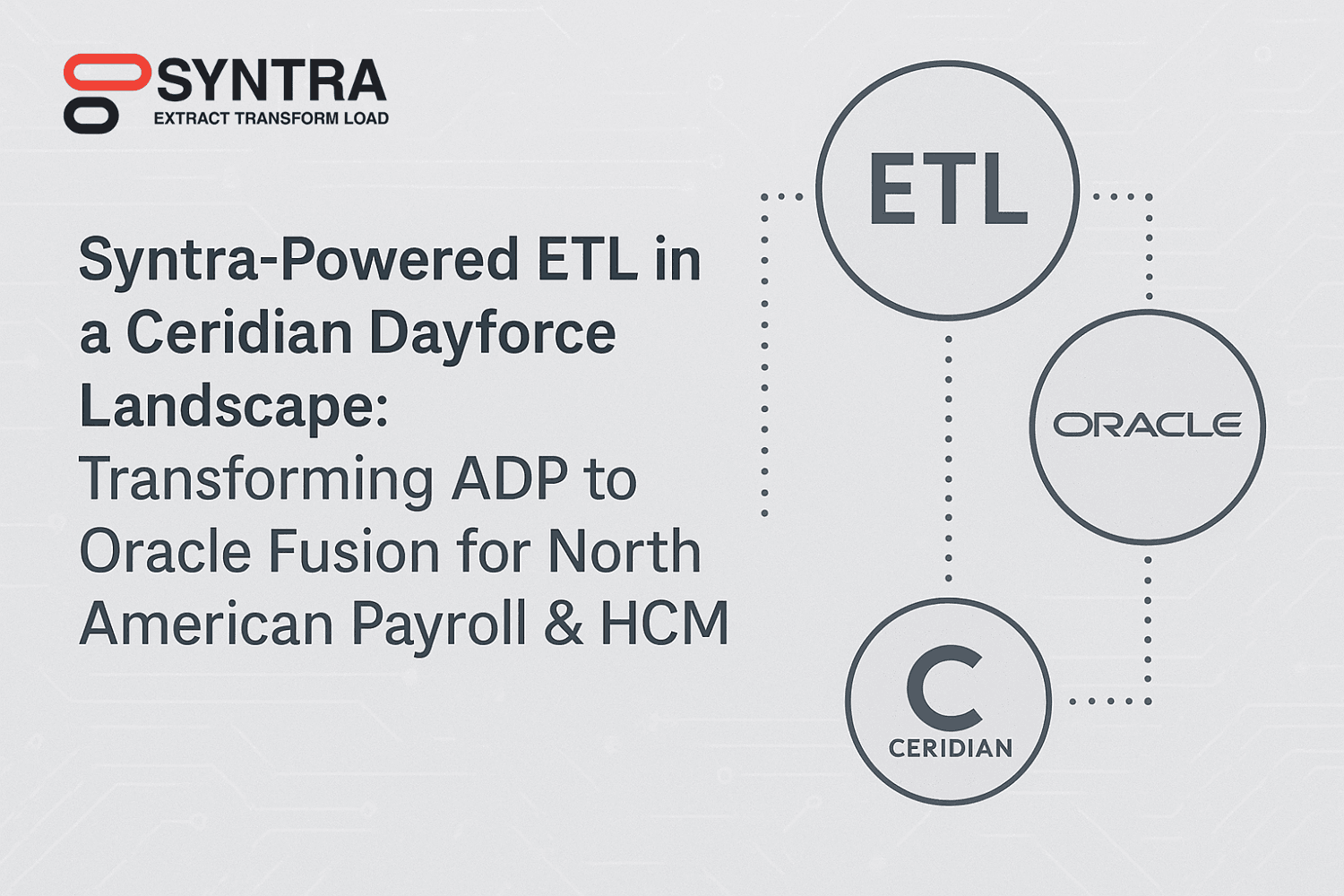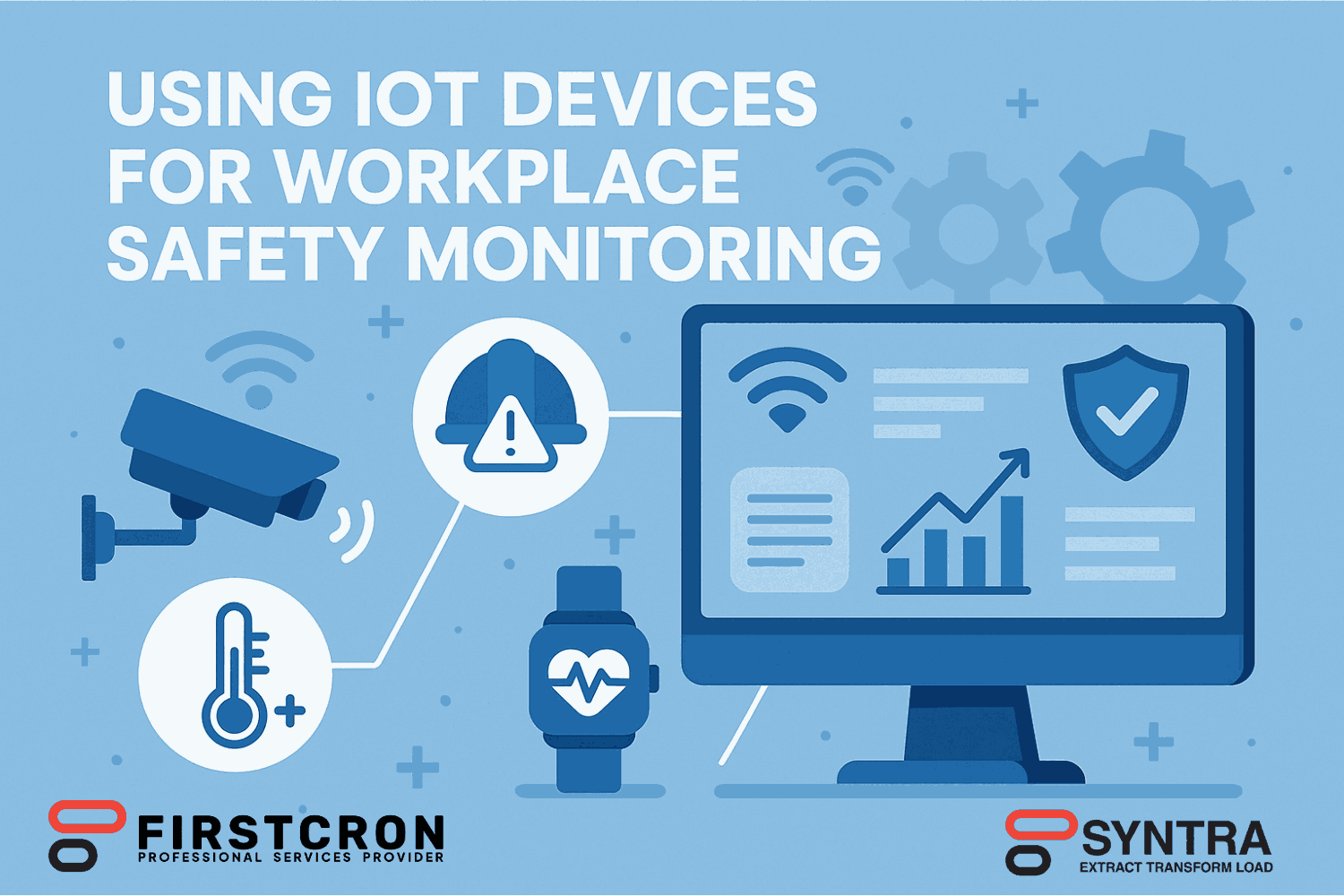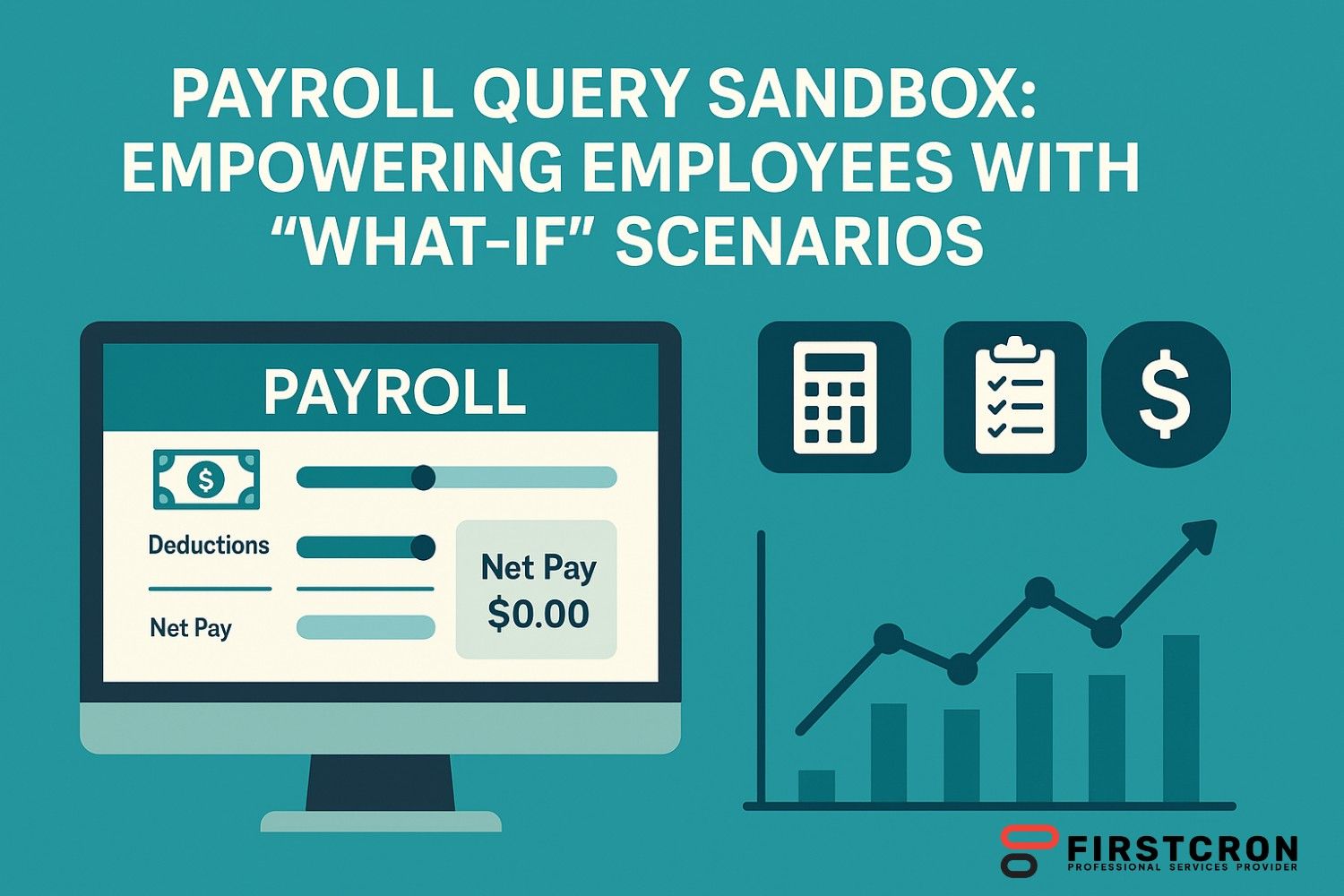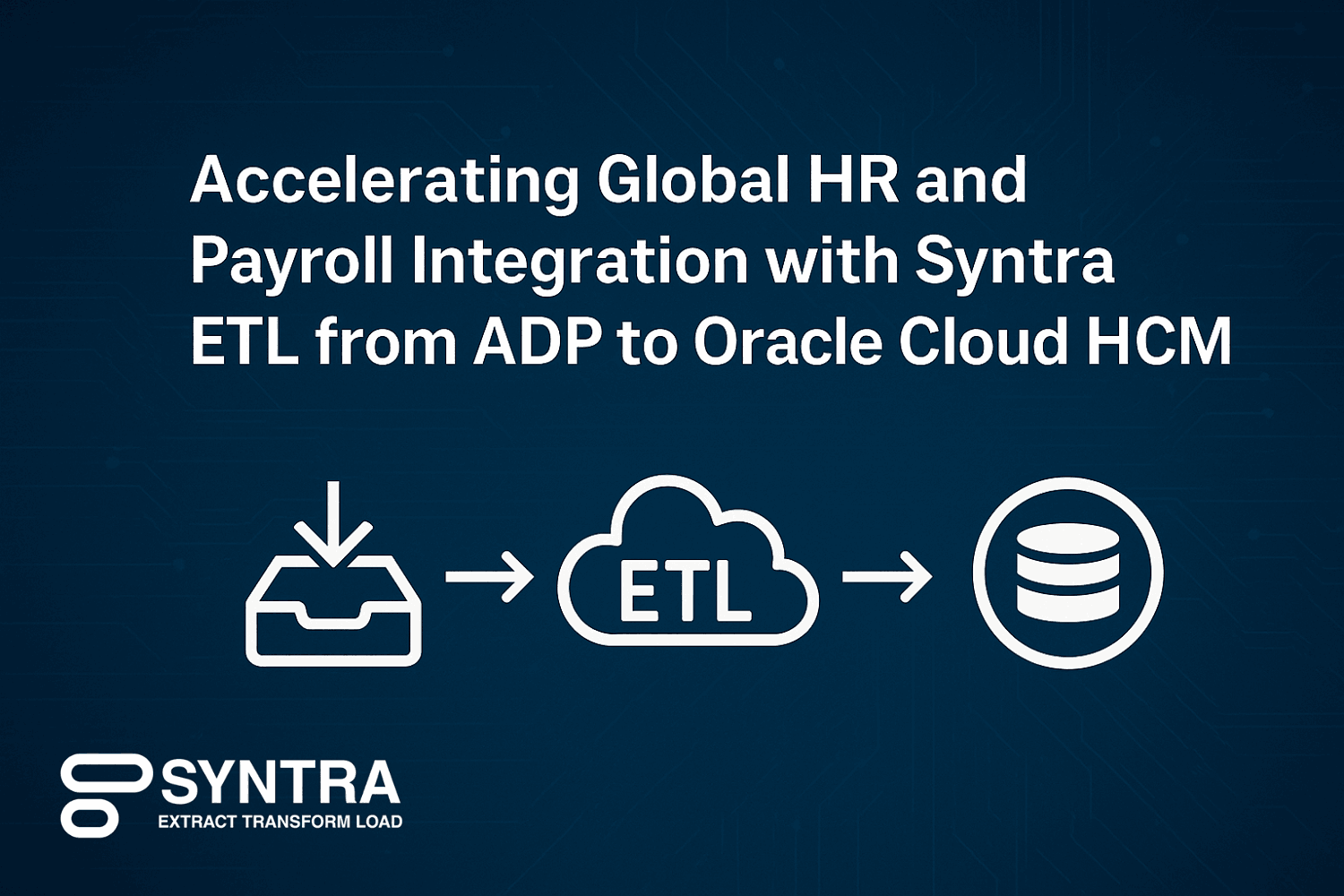
In the modern enterprise landscape, managing employee benefits is as strategic as it is operational. Health plans, insurance, retirement schemes, reimbursements, and flexible spending options form a critical component of total rewards—yet they are also complex, regulated, and data-heavy. This is where a benefits administration platform steps in, providing a single, intelligent layer that automates enrollment, compliance, and analytics across multiple systems. A key challenge most organizations face is connecting payroll, HR, and finance data without inconsistencies. Platforms such as Syntra, designed for extract, transform, and load (ETL) workflows, are increasingly vital to benefits management. By automating the transfer of core HR and payroll data between systems like ADP and Oracle Fusion, such tools ensure that benefits data remains synchronized, accurate, and audit-ready. The result is not just operational efficiency but also improved employee experience, because benefits processing becomes timely, transparent, and reliable.
A benefits administration platform acts as the nerve center between employees, HR teams, and providers. It takes inputs from multiple systems—employee demographics, pay details, and eligibility rules—and turns them into actionable benefit events like enrollments, adjustments, and terminations. Without such a system, HR teams spend countless hours fixing mismatched eligibility dates, reconciling deductions, or chasing missing dependent details. Syntra’s ETL capability provides the foundation for this automation: it extracts benefits-related data from ADP, transforms it to fit Oracle Fusion’s schema, and loads it seamlessly into Fusion Benefits. This mapping ensures that every employee’s coverage, deduction, and employer contribution aligns with policy and payroll calculations. It also reduces the number of manual interventions required during open enrollment or policy renewals, where thousands of updates often have to be processed simultaneously. With built-in validations and rule-based data conversions, the platform keeps benefits data consistent across the enterprise, minimizing the risk of payroll discrepancies or coverage lapses.
In this blog we’ll cover
Integrated Benefits Processing And Data Transformation
At its core, the benefits administration platform is about data integrity across HR and payroll ecosystems. The accuracy of benefits records depends on flawless integration of employee details, pay frequency, eligibility groups, and deduction codes. This is where transformation plays a pivotal role. For instance, ADP might represent medical, dental, and vision plans using plan IDs or deduction codes that do not match Oracle Fusion’s benefit element structure. Syntra automates the mapping of these codes, ensuring every deduction or employer contribution lands in the correct plan in Fusion. Similarly, dependent and beneficiary data—often entered inconsistently in payroll systems—are standardized and validated before loading. These transformations are crucial not only for data consistency but also for compliance, since benefit enrollments must align with regulatory frameworks like ERISA, ACA, and HIPAA.
Another area where transformation saves enormous effort is in eligibility and enrollment events. ADP captures events such as new hires, job changes, or terminations differently from Oracle Fusion’s event model. The platform converts these triggers into the correct Fusion event types (like New Hire, Life Event, or Open Enrollment) with effective dates and status mappings aligned to Fusion’s logic. This ensures employees are enrolled or dis-enrolled automatically without HR manually rekeying data. The same approach applies to benefit cost allocations, where Syntra converts deduction distribution percentages or cost center mappings from ADP formats into valid Oracle chart of account segments. These conversions eliminate suspense postings and maintain accurate employer contribution reporting, helping finance teams close faster with minimal reconciliation.
Simplifying Compliance And Reporting Workflows
Compliance remains one of the most time-consuming aspects of benefits administration. Organizations must track eligibility under ACA, generate benefit summaries, manage COBRA notices, and file reports with insurers and government bodies. Errors in benefit eligibility or deduction reporting can lead to fines, employee dissatisfaction, and audit failures. A benefits administration platform with integrated ETL capabilities addresses these challenges by maintaining synchronized, validated datasets across HR, payroll, and finance systems. Because Syntra ensures that the data extracted from ADP is transformed into Oracle Fusion’s compliant format, HR teams gain access to a single source of truth for benefits eligibility and costing.
The system also standardizes metadata like plan categories, provider codes, and contribution frequencies, allowing organizations to generate consolidated reports without manual data stitching. During audits, every record—employee enrollment, deduction, employer match—can be traced back through a governed data pipeline. This visibility is critical for compliance officers who need proof of accurate benefit administration. Furthermore, Syntra’s automation of transformation rules helps organizations stay current with regulatory updates. For example, when new health plan identifiers or tax codes are introduced, only the mapping logic in Syntra needs updating; the rest of the integration continues seamlessly. This ability to absorb regulatory change with minimal disruption significantly reduces administrative overhead.
Enhancing Employee Experience And Organizational Agility
A well-implemented benefits administration platform goes beyond compliance and efficiency—it improves employee satisfaction. Nothing erodes trust faster than incorrect deductions or delayed reimbursements. By ensuring that every piece of benefits data is clean and synchronized between payroll and HR systems, Syntra empowers HR teams to deliver a frictionless experience during open enrollment and life events. Employees see accurate benefit options, up-to-date coverage, and correct deductions reflected in their paychecks, which enhances confidence in the organization’s processes. The ETL-driven automation also accelerates turnaround times for enrollments and terminations, meaning employees and dependents gain timely access to benefits without manual follow-ups.
For employers, agility is the ultimate benefit. Whether expanding into new geographies, switching providers, or introducing flexible benefits, the ability to adjust integration mappings rather than rebuild interfaces accelerates change. In industries with high turnover or variable workforce composition—such as retail, healthcare, or professional services—this flexibility is essential. The same transformation engine that aligns ADP and Oracle Fusion can also integrate data from other benefit carriers or third-party administrators, creating a scalable backbone for total rewards management. Ultimately, this automation liberates HR and payroll professionals to focus on strategy rather than data hygiene, improving the quality of benefits design and the speed of business execution.
The Strategic Edge Of Integrated Benefits Management
In today’s competitive environment, benefits are not just a cost—they are a retention and engagement lever. A benefits administration platform integrated with a specialized ETL engine like Syntra gives organizations both control and insight. It transforms benefits data from a transactional burden into a strategic asset, offering real-time analytics on participation, cost trends, and utilization. With standardized data flowing between ADP and Oracle Fusion, finance can forecast benefits spending with precision, and HR can benchmark offerings against industry trends without waiting for manual reports. More importantly, vendor management becomes seamless—insurance providers, TPAs, and payroll vendors all consume consistent data formats, reducing error rates and service disputes.
This connected ecosystem embodies the future of workforce technology: a unified, transparent, and automated environment where benefits, payroll, and HR data converge effortlessly. The platform’s ability to handle complex transformation rules ensures organizations stay compliant, employees stay satisfied, and HR teams stay efficient. As enterprises continue to adopt hybrid work models and global benefit structures, the ability to extract, transform, and load data reliably across systems will define operational maturity. Syntra’s purpose-built ETL for HR and payroll integration exemplifies that maturity—turning data pipelines into business enablers and elevating benefits administration from back-office function to strategic differentiator.
Tags
Related Post
Navigating Oracle Fusion HCM & Payroll Patch 25C: Key Issues And Solutions For UK Local Councils
July 26th, 2025 10 min read
7 Reasons Why Companies Are Moving From Taleo To Oracle Recruiting Cloud
June 2nd, 2025 14 min read
7 Proven Oracle Fusion Testing Principles To Guarantee Defect-Free Cloud Deployments
May 16th, 2025 15 min read
Navigating Oracle Fusion HCM & Payroll Patch 25A: Key Considerations For UK Local Councils
July 27th, 2025 10 min read
Driving Compliance And Security With Smart Testing In Oracle Fusion
June 5th, 2025 9 min read
WEEKEND READS
Learning And Talent Management With Cornerstone OnDemand
October 10th, 2025 17 min read
UKG (Ultimate/Kronos) — USA And Global, Legacy-to-Modern Workforce Management
October 5th, 2025 23 min read
Voice-to-Action In Oracle HCM: Transforming HR Queries Into Intelligent Actions With GenAI
September 5th, 2025 23 min read
Automating Payslip Anomaly Detection With Natural Language Insights In Oracle ERP For The Public Sector
August 27th, 2025 24 min read
Syntra-Powered ETL In A Ceridian Dayforce Landscape: Transforming ADP To Oracle Fusion For North American Payroll & HCM
October 4th, 2025 20 min read
AI-Powered Payroll Reconciliation Insights: Explaining Variances In Plain English
September 27th, 2025 25 min read
The Rise Of Employee Digital Twins In Workforce Planning
November 2nd, 2025 17 min read
Using IoT Devices For Workplace Safety Monitoring
November 9th, 2025 17 min read
Payroll Query Sandbox: Empowering Employees With “What-If” Scenarios
September 17th, 2025 22 min read
Accelerating Global HR And Payroll Integration With Syntra ETL From ADP To Oracle Cloud HCM
October 1st, 2025 17 min read






